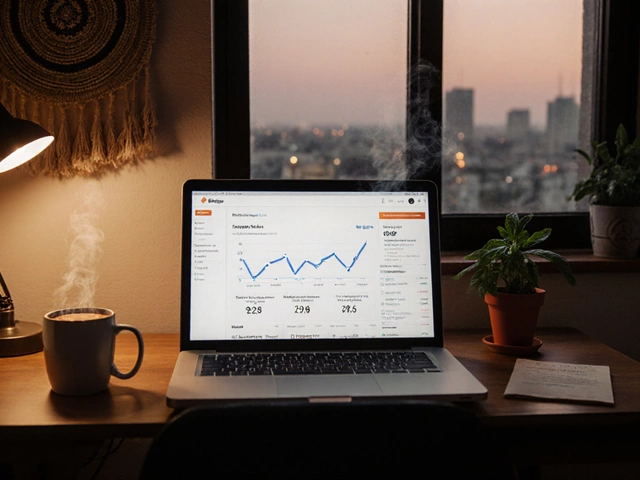Building a Strong Layout and Managing Costs
A clear layout starts with a grid system. Grids help you align text, images, and navigation in a way that feels balanced on any device. When you choose a 12‑column grid, you get the flexibility to create complex structures without breaking the visual flow. Pair this with visual hierarchy: larger headings draw attention, while whitespace guides the eye. While beautiful layouts catch the eye, they must stay within budget. Website development cost varies widely: a simple brochure site may run under ₹30,000, whereas a custom e‑commerce platform can exceed ₹3 lakh. Knowing where you can cut costs—like using a pre‑built template or an open‑source CMS—keeps the project realistic without compromising quality.
Hosting isn’t just about price; it’s about performance. Shared hosting is cheap but can slow down a site when traffic spikes, hurting your responsive design’s goals. VPS or cloud hosting offers scalability, ensuring your layout loads fast on both desktops and mobiles. When evaluating providers, compare data‑center locations, CDN integration, and SSL support—these factors directly affect the user experience shaped by your design choices.
All these elements—grid‑based layouts, responsive techniques, cost planning, and smart hosting—interlock to create sites that look good, load fast, and stay affordable. Below you’ll find articles that dive deeper into each topic, from step‑by‑step layout guides to detailed cost breakdowns and hosting comparisons, giving you the tools to turn your next web design project into a polished, budget‑friendly reality.

Fair Price for a Website: What Should You Really Pay?
Figuring out a fair price for a website isn't as simple as picking a number. Costs can swing wildly depending on what you need and who you hire. This article strips away the jargon and hidden fees to show what goes into pricing a website today. You'll get real-world facts on design, development, and ongoing costs to avoid nasty surprises. Walk away knowing what kind of website fits your budget, and how to spot value.
May 30 2025




